European Breeding Bird Atlas 2Distribution, Abundance and Change
El preu original era: $115.20.$97.92El preu actual és: $97.92.
Autors
En estoc
El preu original era: $115.20.$97.92El preu actual és: $97.92.
Pes
5 kg
Dimensions
24 × 31 cm
Idioma
Anglès
Format
Tapa dura
Pàgines
967
Data de publicació
December 2020
Publicat per
Lynx Edicions
Autors
Descripció
Determinar correctament on es troben els ocells en aquest món canviant és de gran importància per a la seva conservació, i fer-ho a escala continental és una cosa que només es pot aconseguir amb una forta voluntat de cooperació internacional. Per fer-ho, l’European Bird Census Council (EBCC) s’organitza com una xarxa d’ornitòlegs experts que impulsen el treball de l’atles d’aus a tot Europa.
El primer Atles europeu d’ocells reproductors (EBBA1) publicat per l’EBCC l’any 1997 va ser una fita en l’ornitologia europea. El projecte del segon Atles europeu d’ocells reproductors (EBBA2) va ser dut a terme per la xarxa EBCC d’organitzacions associades de 48 països. En total, uns 120.000 treballadors de camp van aportar dades a l’atles, la gran majoria d’ells de manera voluntària. Com a tal, aquest projecte constitueix un dels projectes de ciència ciutadana més grans sobre la biodiversitat mai. La recollida i anàlisi de dades va seguir un protocol científic rigorós, liderat per un equip d’investigadors d’instituts ornitològics amb molts anys d’experiència en el treball d’atles.
L’enorme esforç de treball de camp va donar lloc a una cobertura geogràfica sense precedents per a un atles de biodiversitat a Europa, incloses totes les zones fins als Urals i el mar Caspi que no estaven ben cobertes per a EBBA1. Aquestes dades es van recollir principalment per al període que va del 2013 al 2017.
El llibre presenta informació sobre totes les espècies que s’han informat que es reprodueixen durant el període d’estudi i algunes amb un estat de reproducció més incert. Un total de 556 espècies es tracten amb un compte complet d’espècies que inclou mapes, text i una il·lustració; La informació sobre 69 espècies molt rares o de reproducció irregular es presenta en un apèndix. Els comptes complets d’espècies inclouen mapes de distribució amb una resolució de 50 × 50 km (normalment mostren dades d’abundància), mapes de distribució modelats amb una resolució de 10 × 10 km (per a 222 ocells reproductors) i mapes de canvis que documenten els canvis en la distribució des del primer atles.
L’art original il·lustra totes les espècies amb un compte complet. Les il·lustracions van ser aportades per 46 artistes de 18 països, amb diferents estils i tècniques, que reflecteixen la diversitat europea.
Aquest llibre representa la font d’informació més actualitzada sobre la distribució i el canvi dels ocells a Europa, i una gran contribució a l’objectiu global d’entendre la biodiversitat per garantir-ne la conservació.
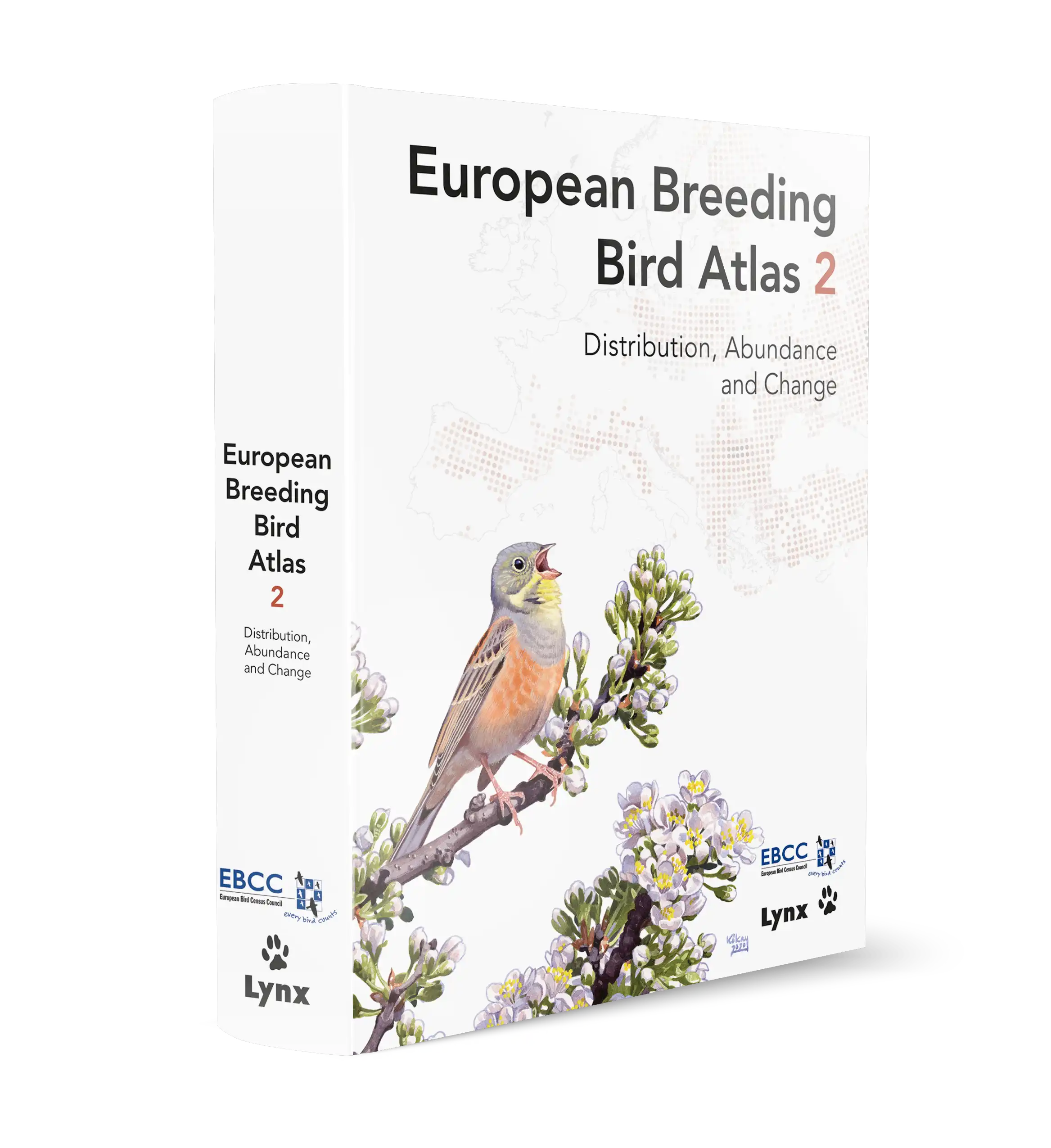
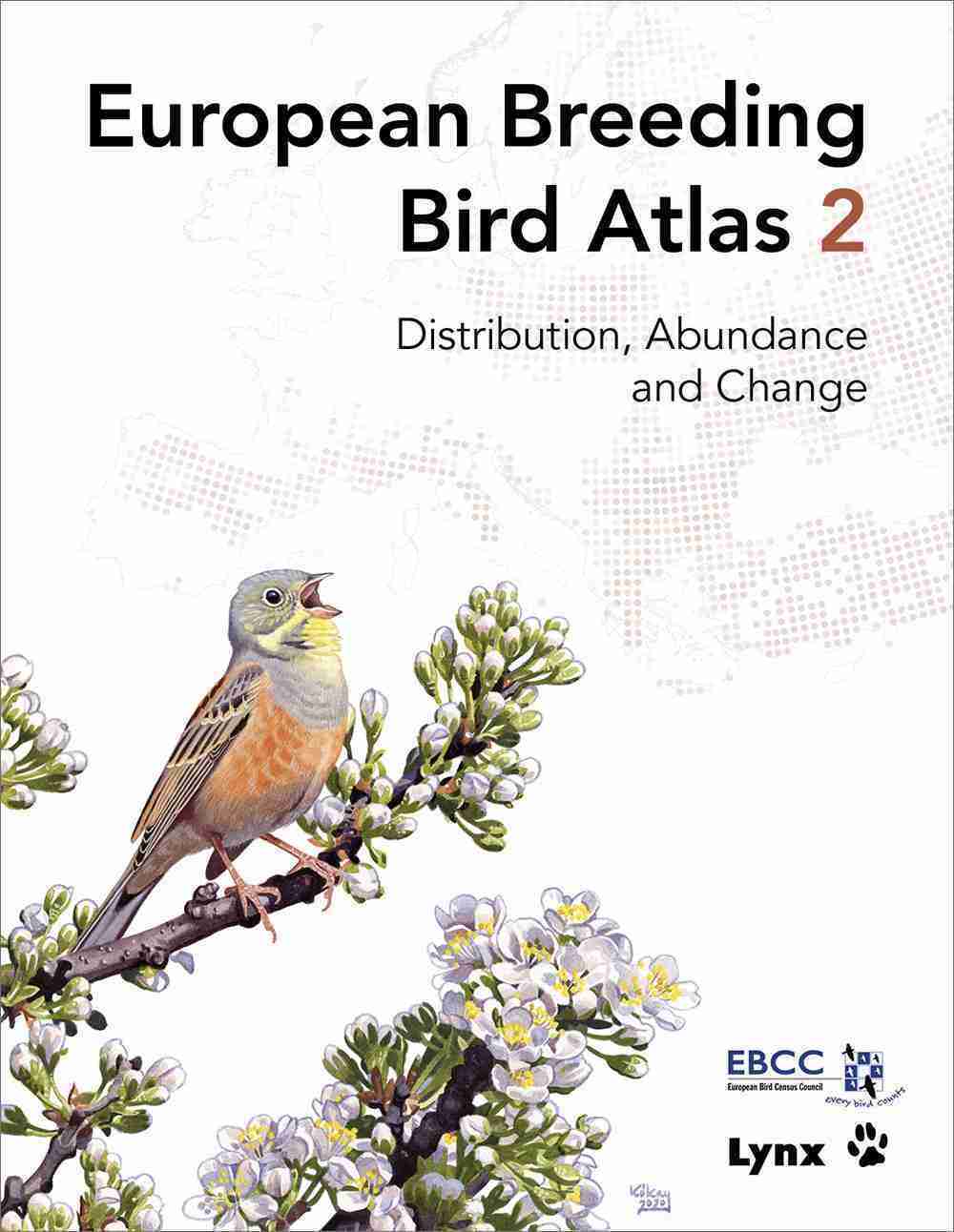
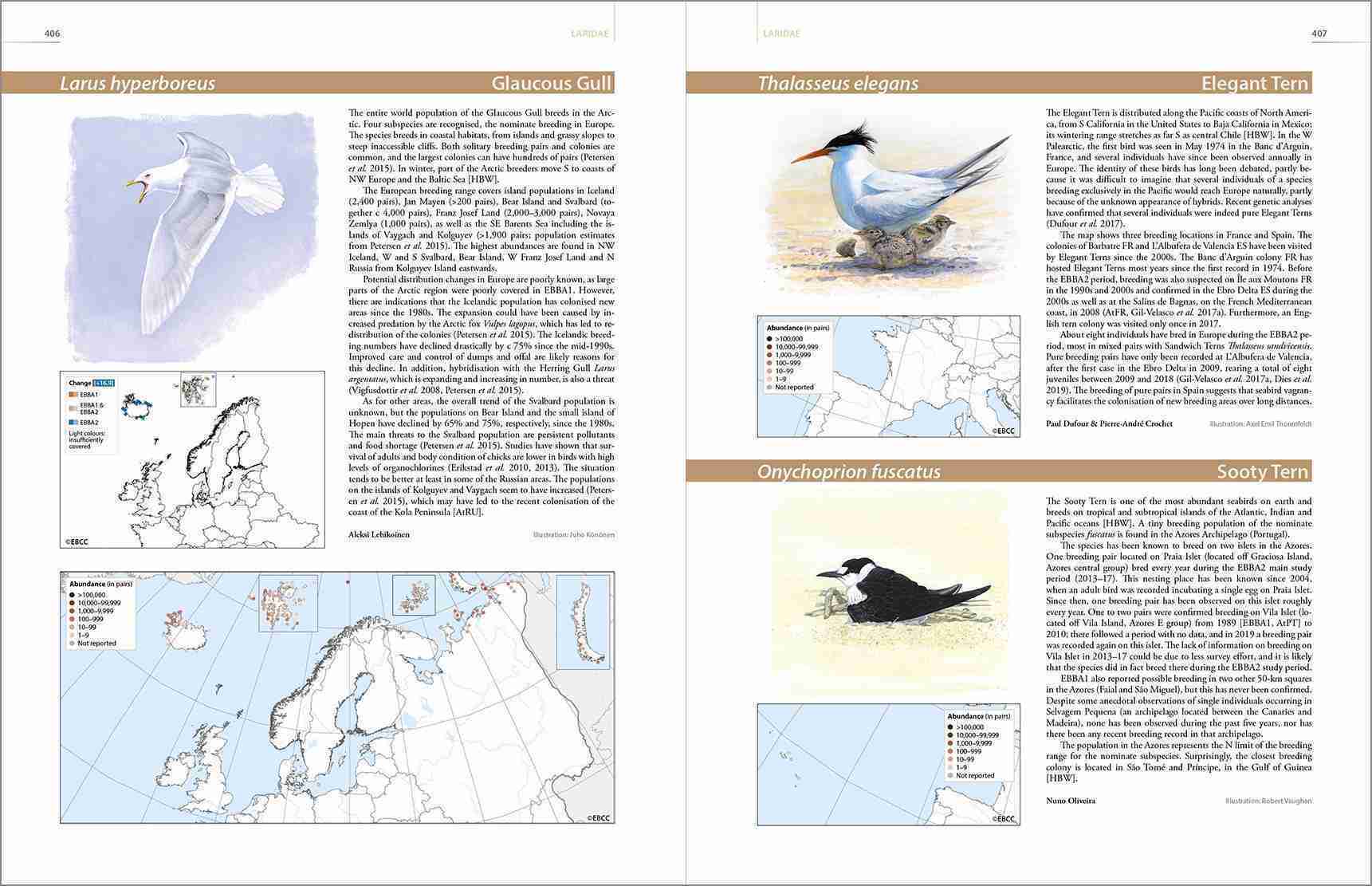
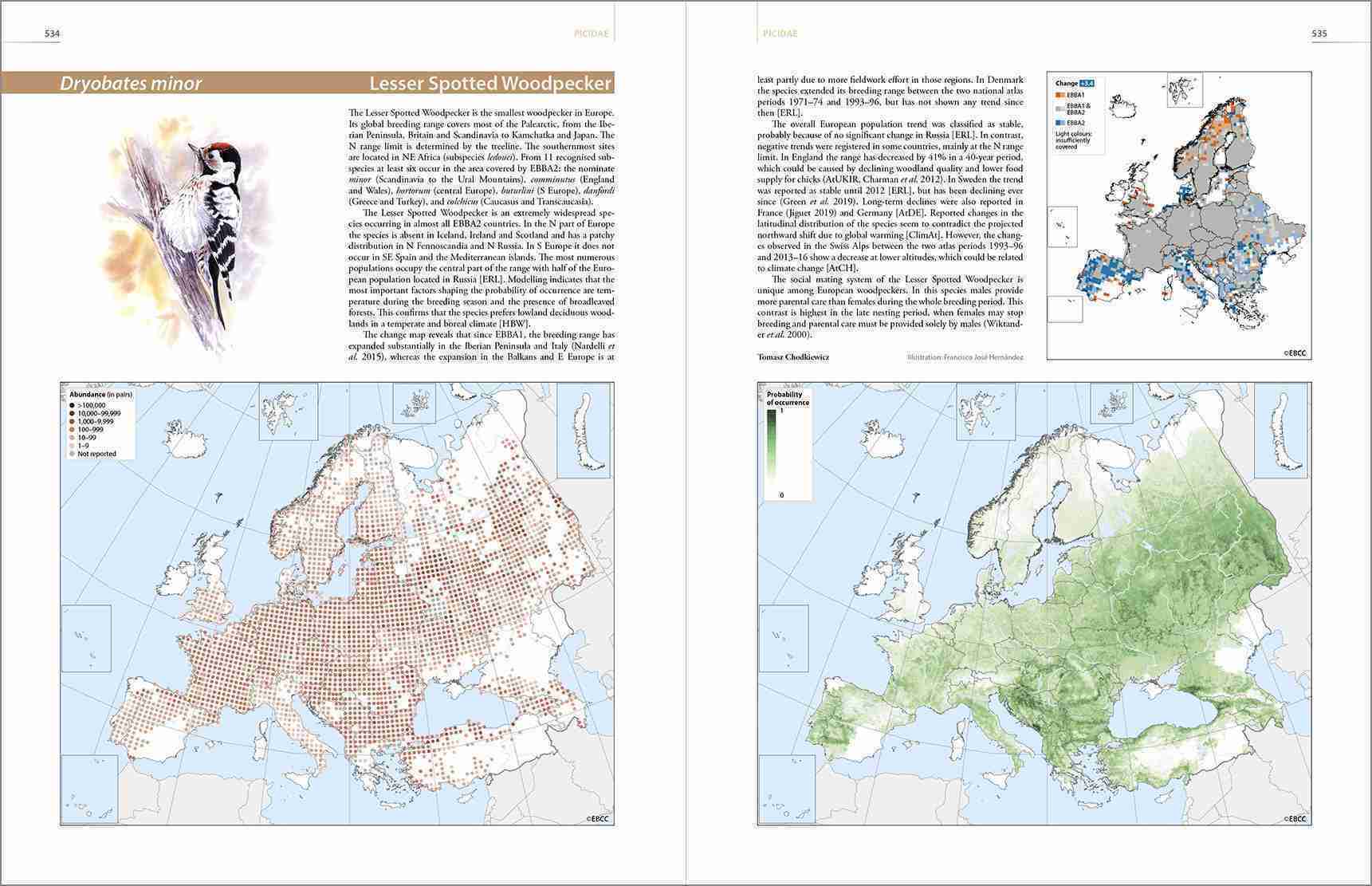
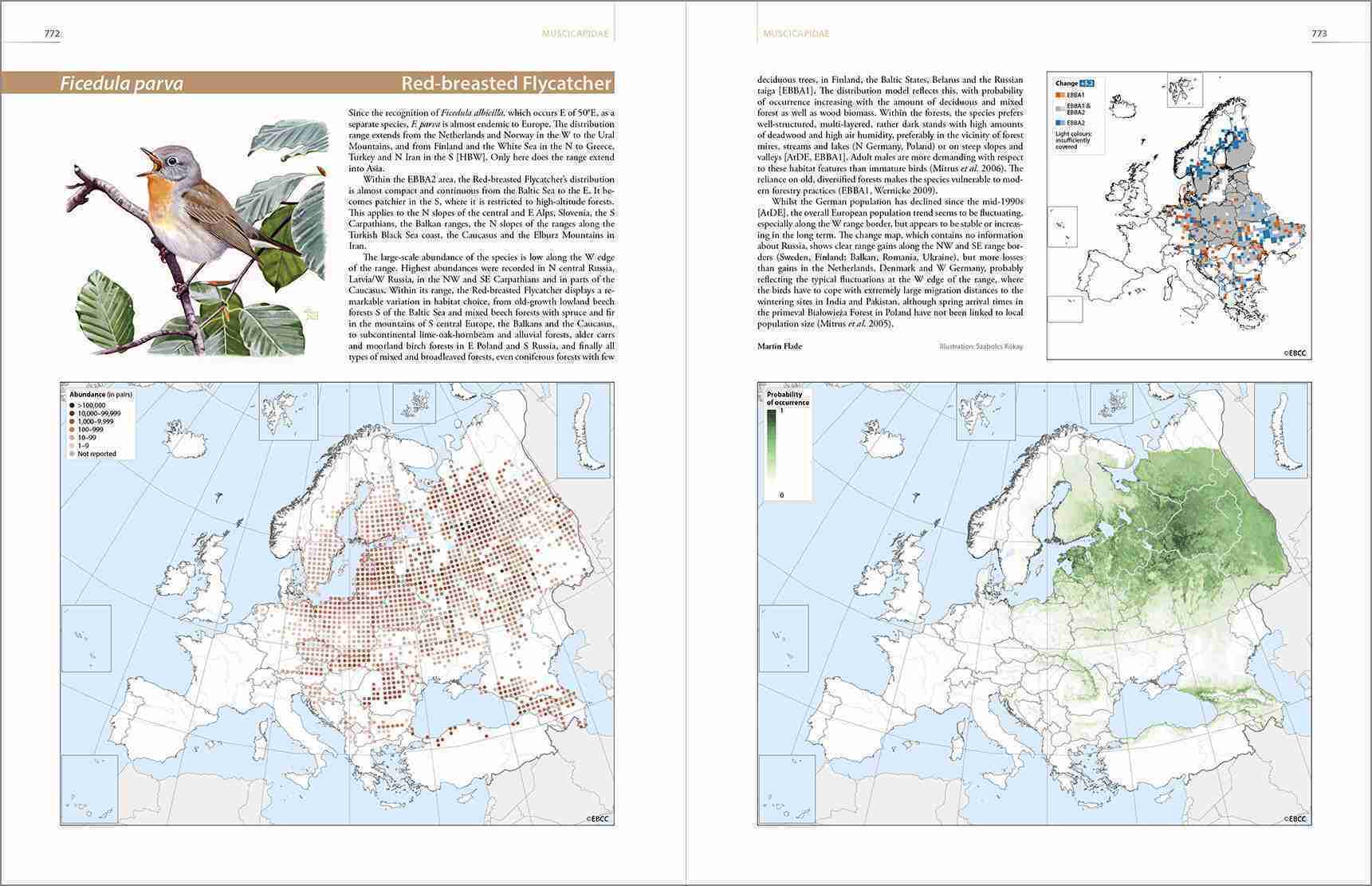
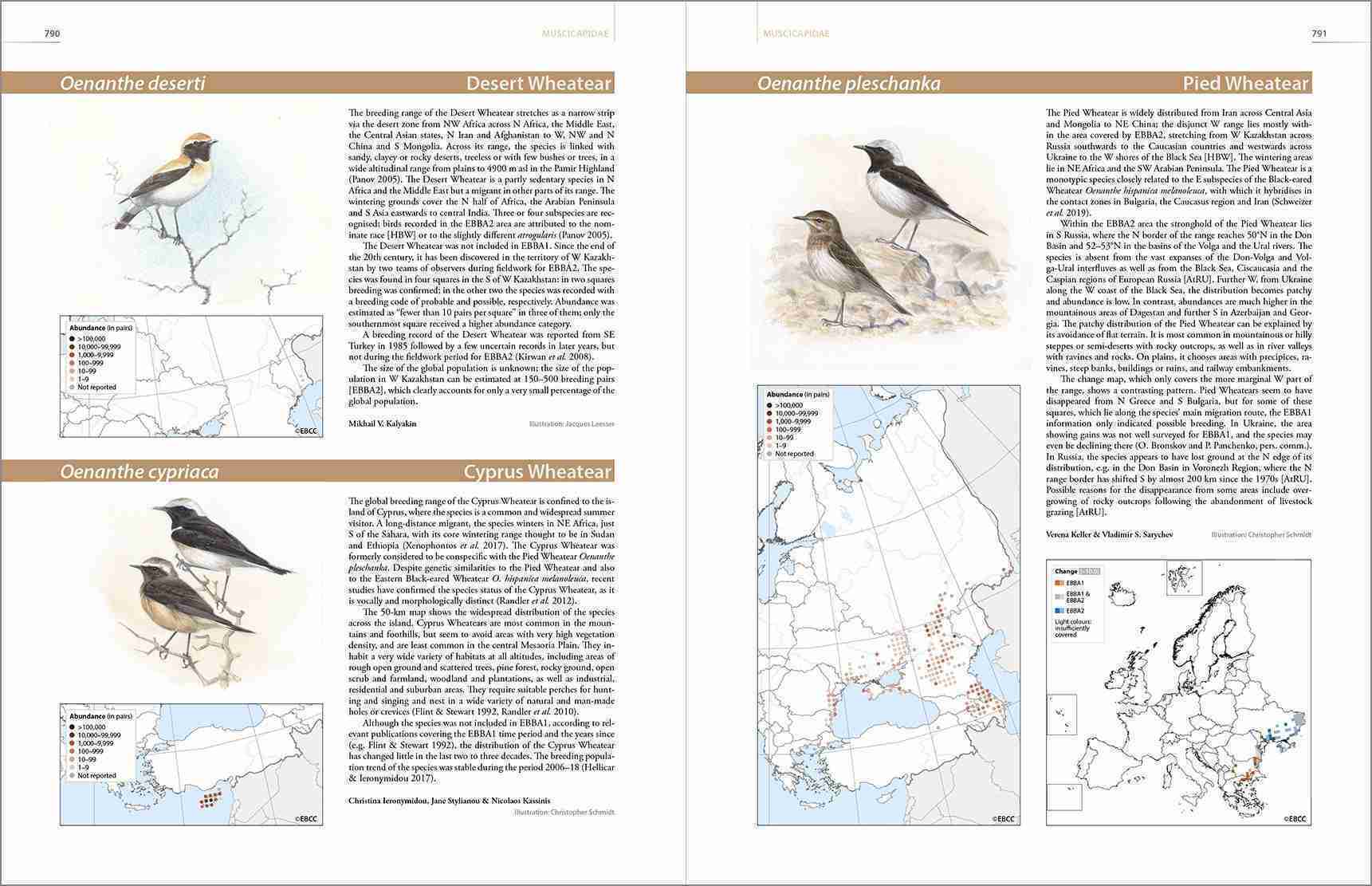
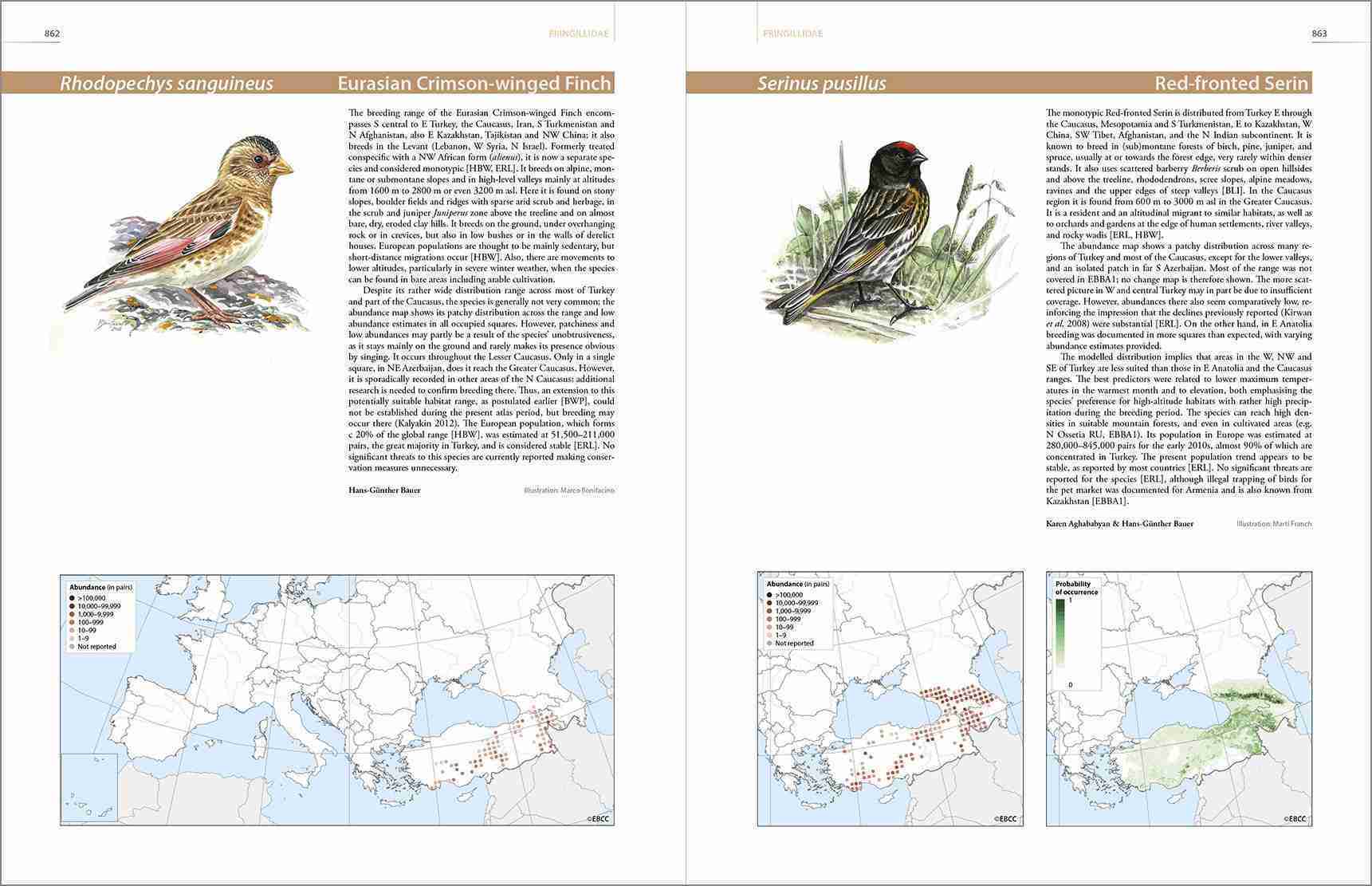
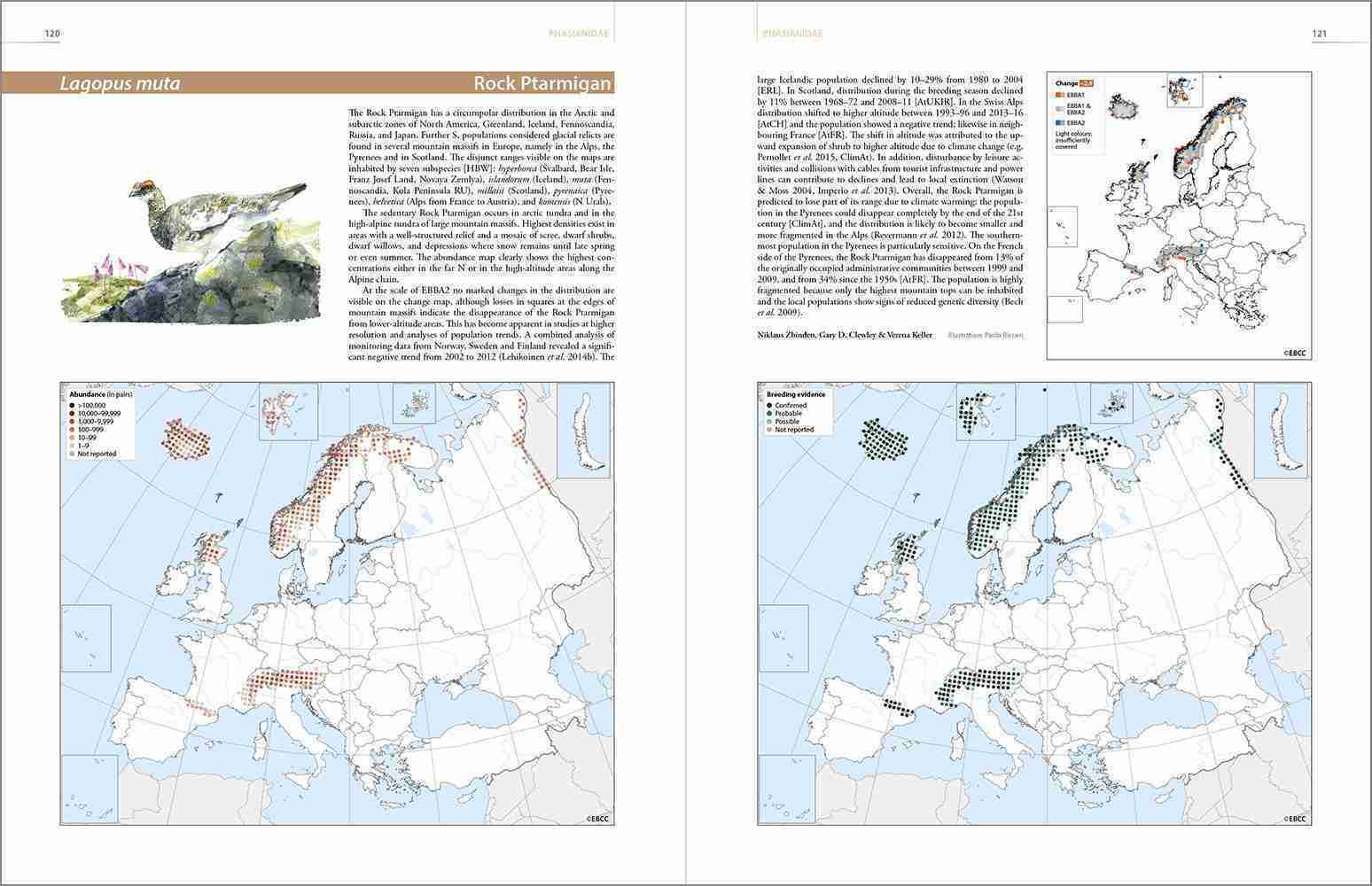
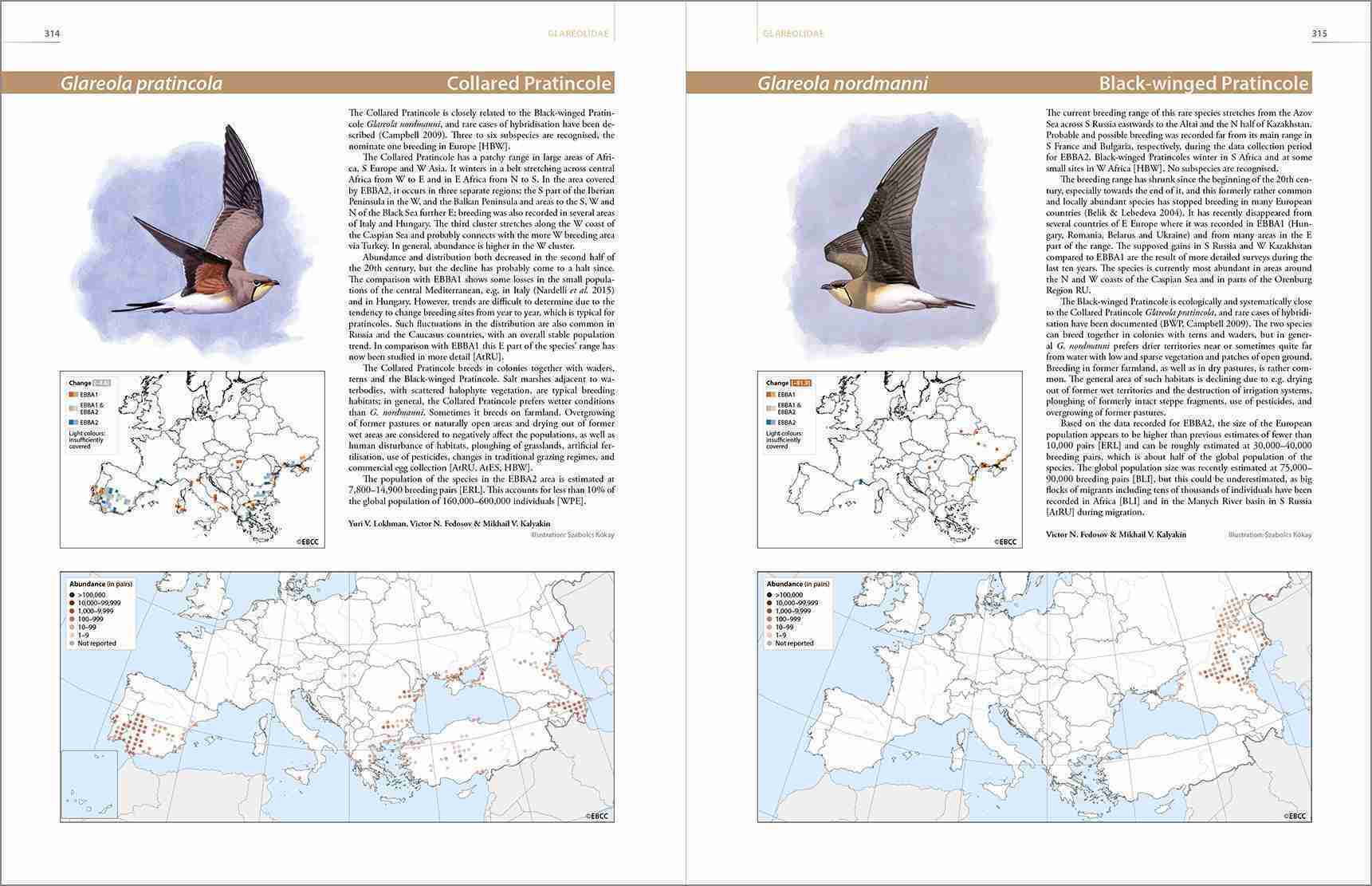
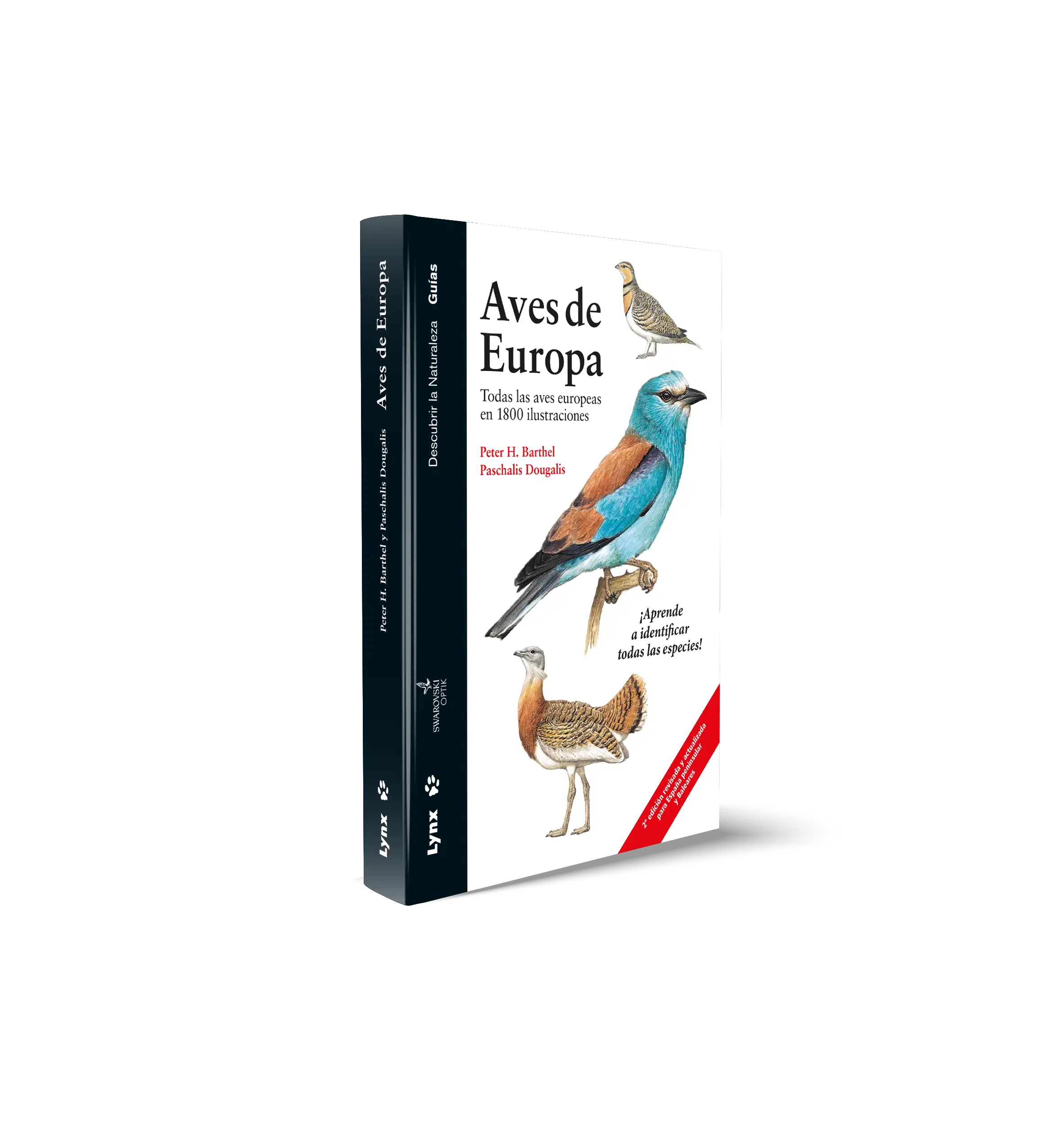
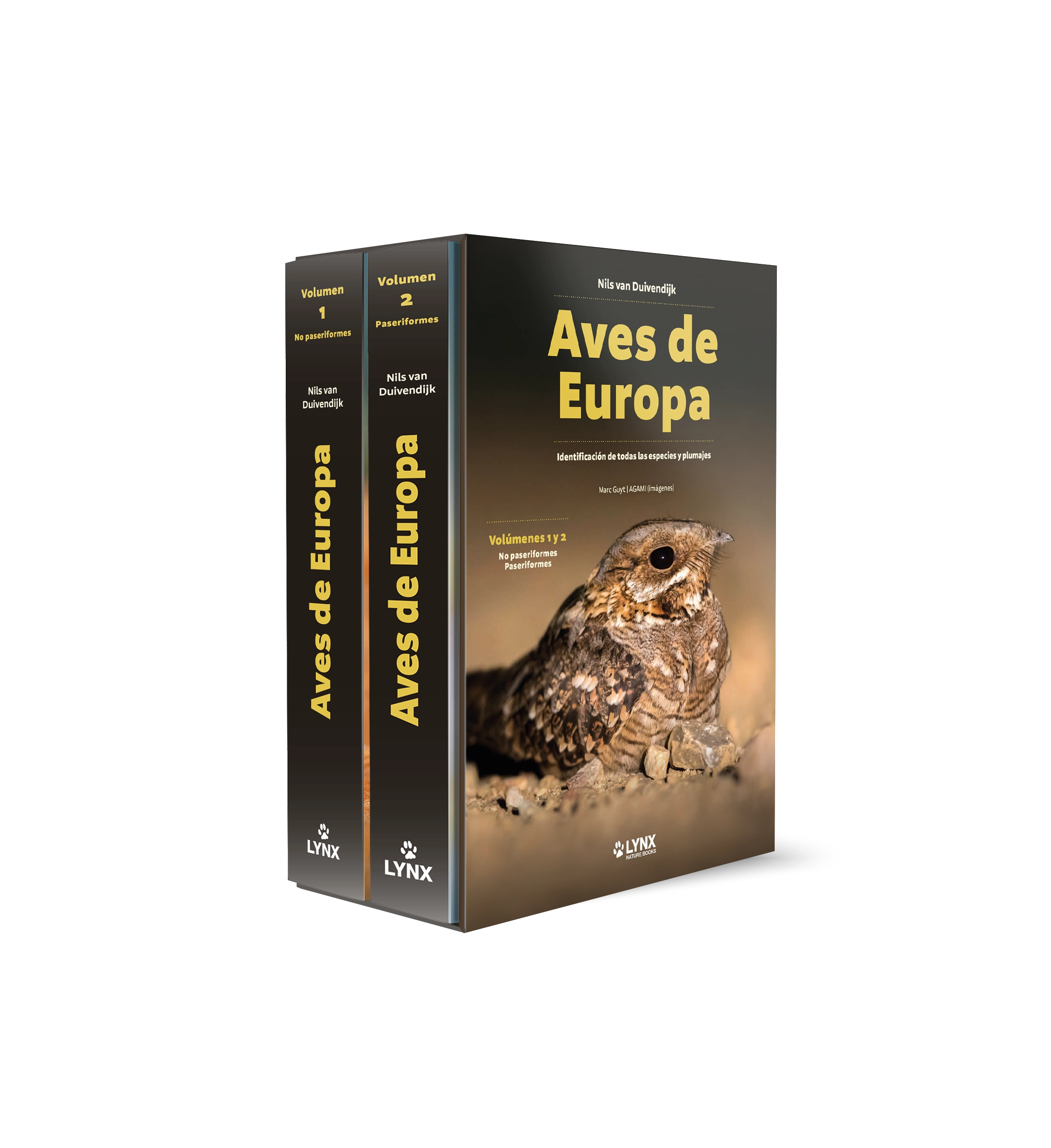
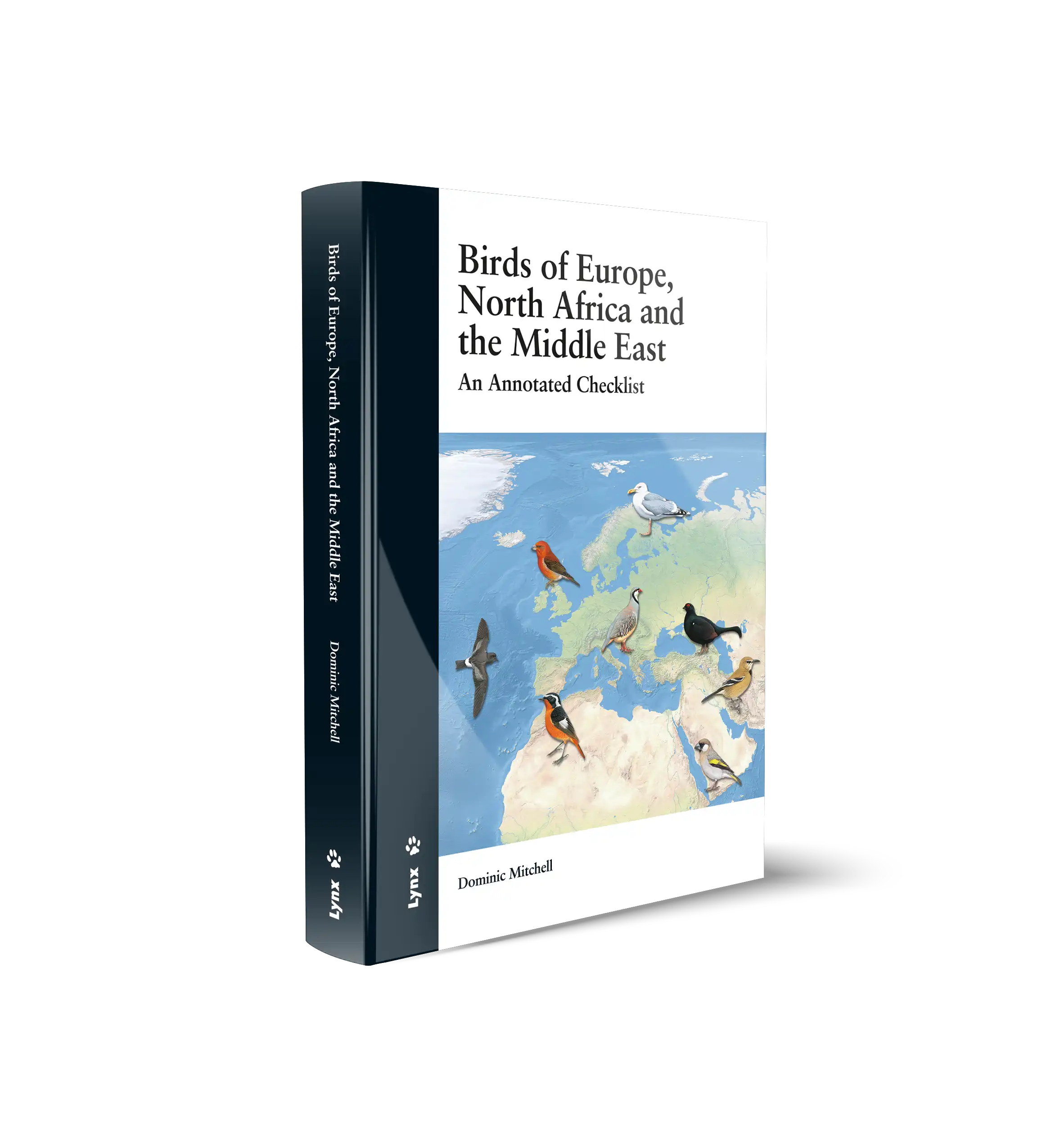
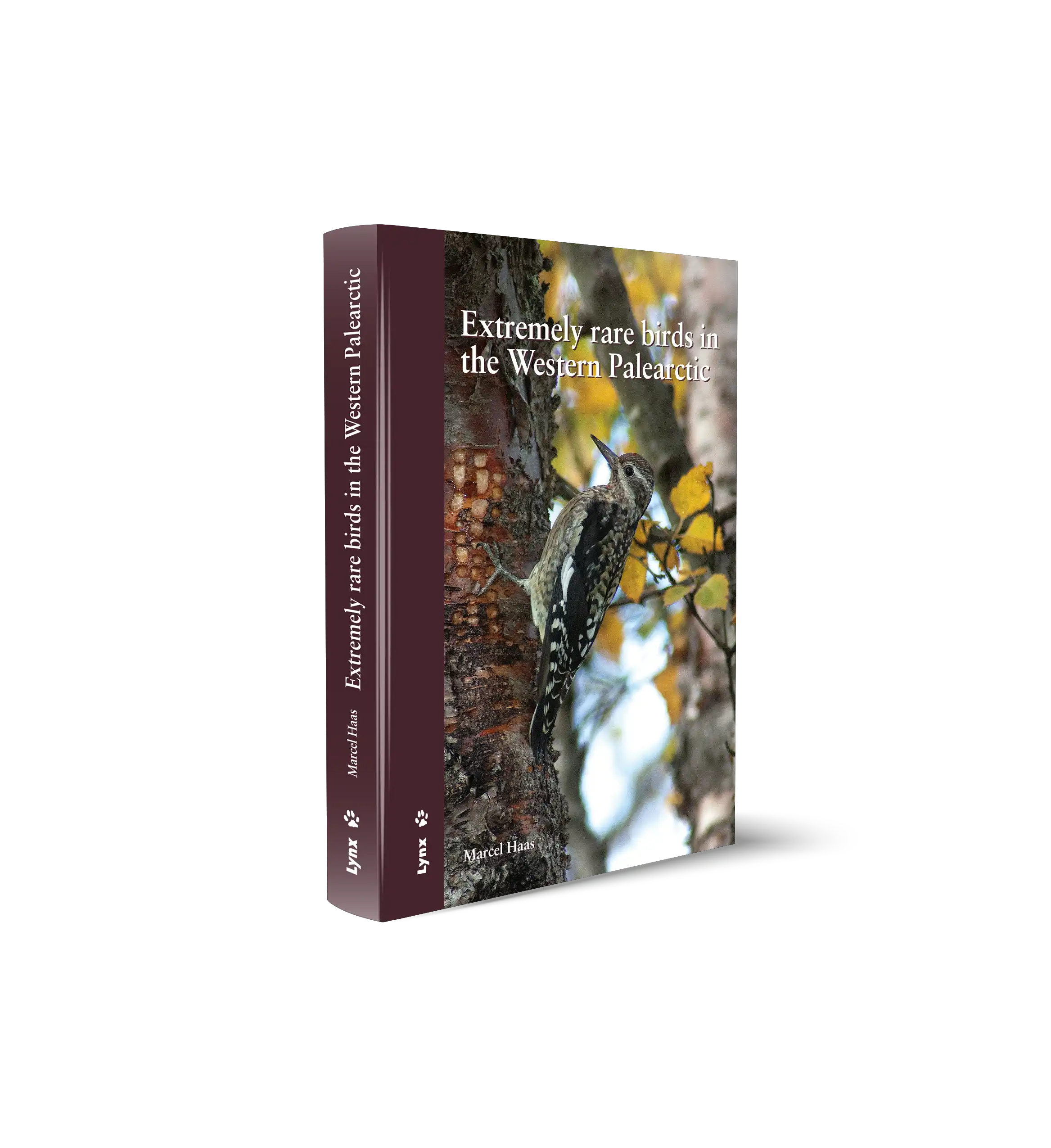
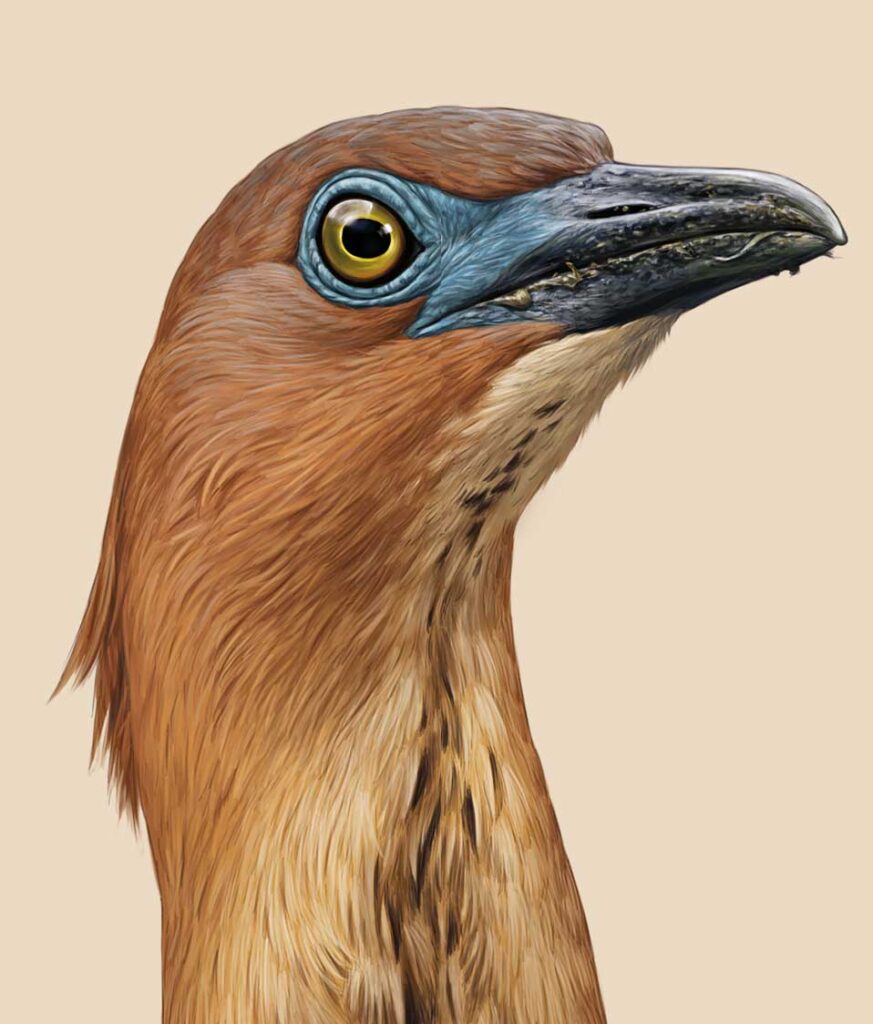
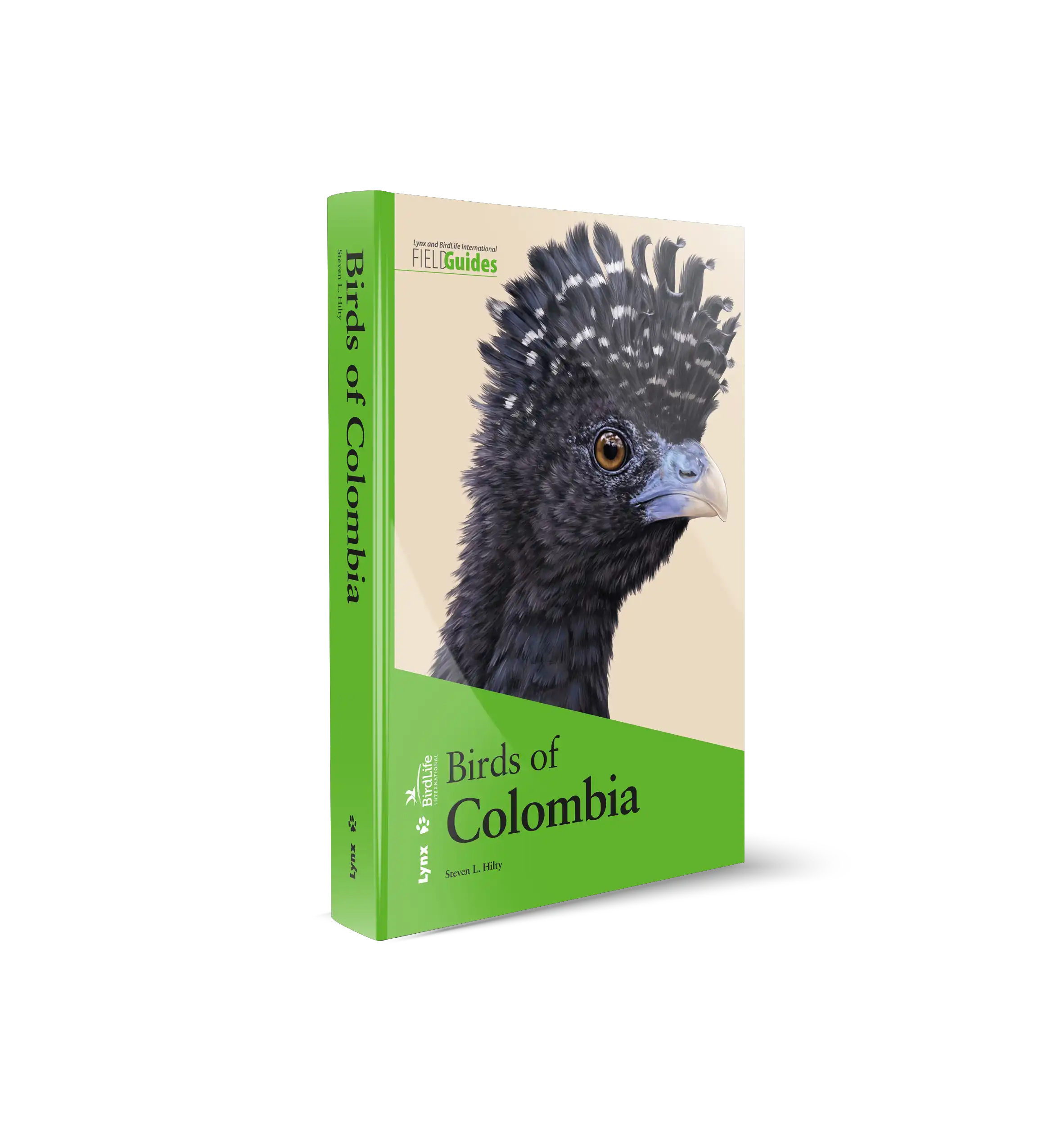
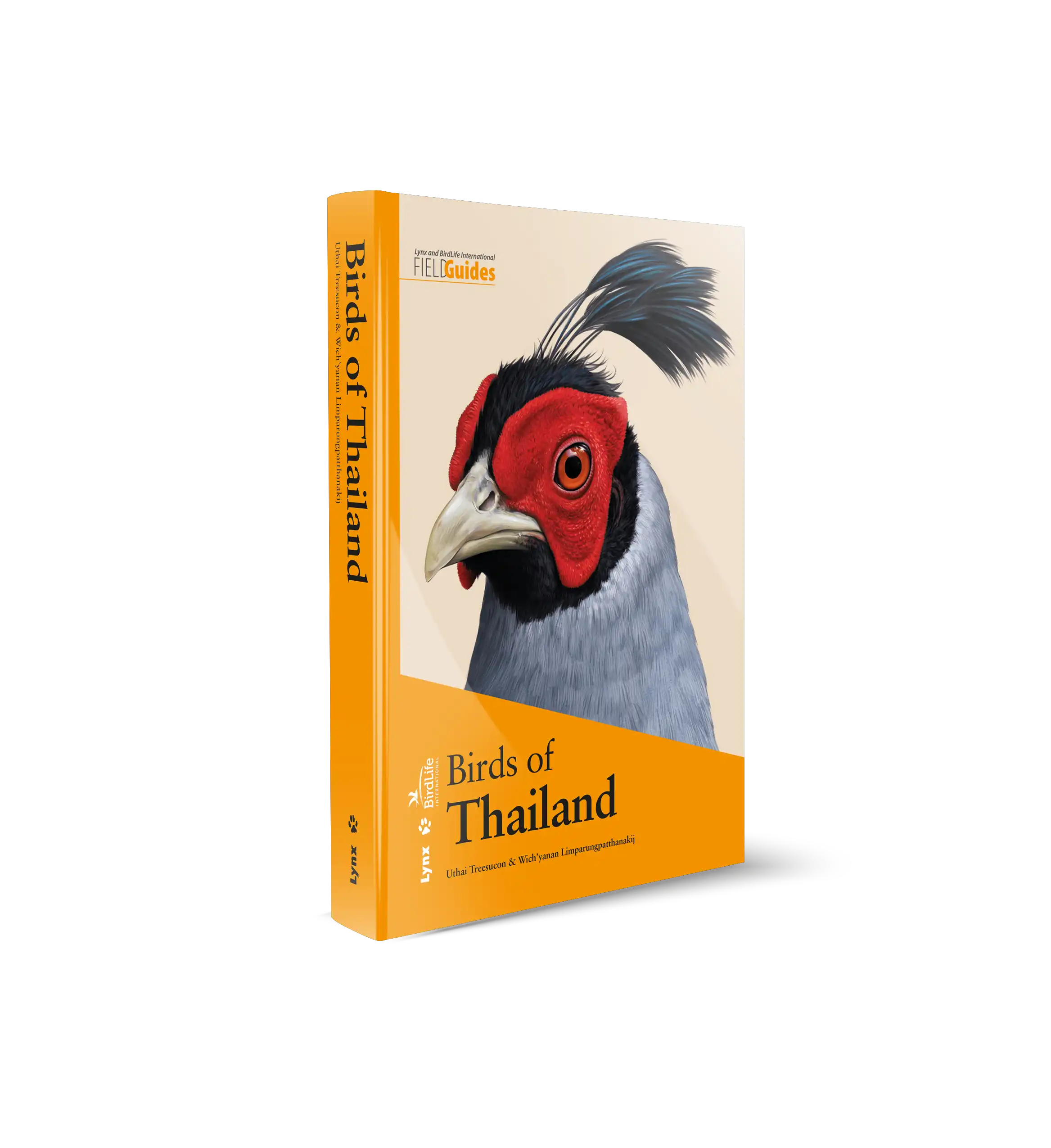
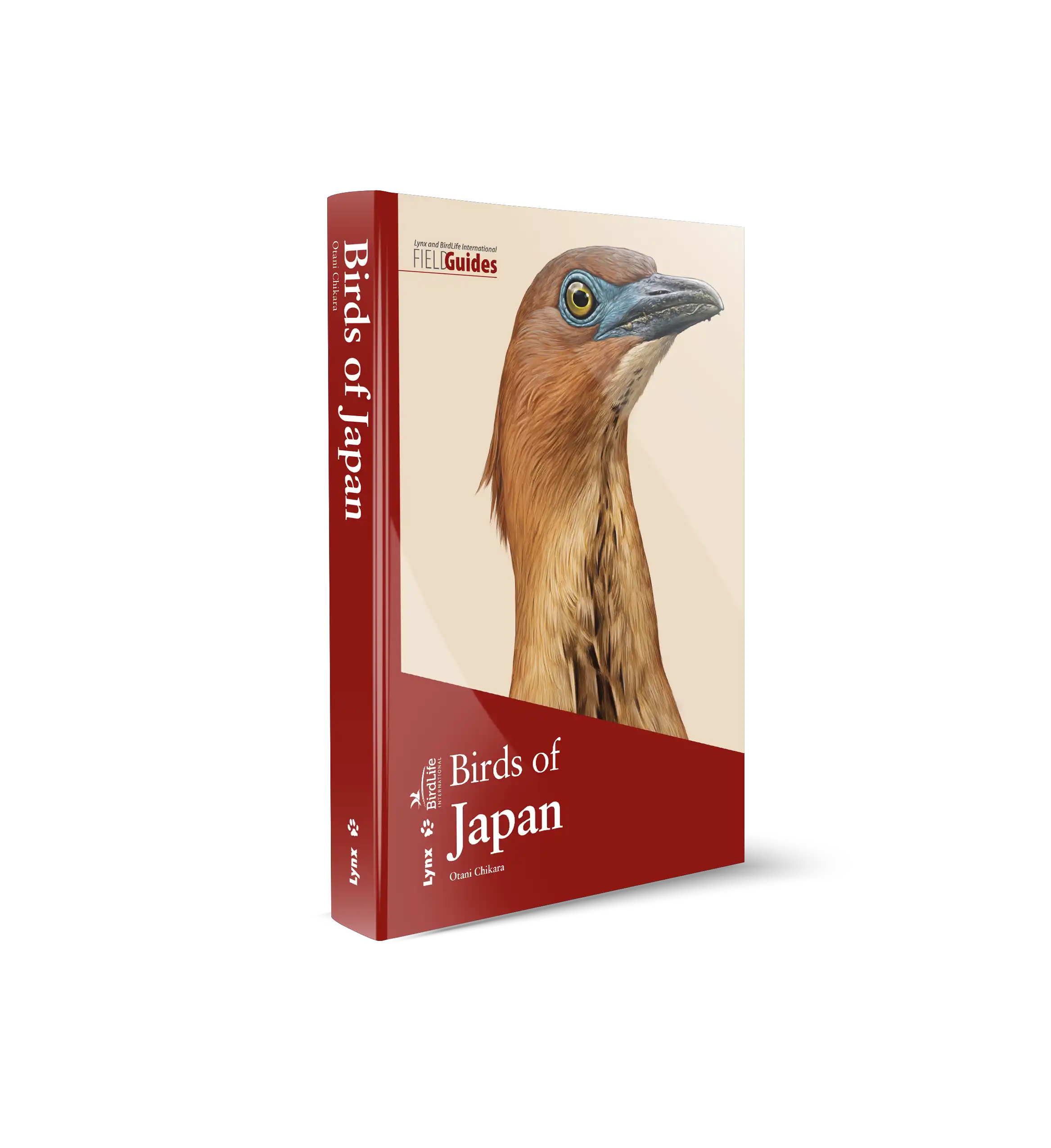








 Copyright 2025 © Lynx Nature Books
Copyright 2025 © Lynx Nature Books
Gehan de Silva Wijeyeratne –
The European Breeding Atlas 2: Distribution, Abundance and Change (EBBA2) is destined to become one of the most heavily cited ornithological publications in the European region. Spanning 48 countries, it is a monumental work and will be a key baseline that informs future conservation policy and actions. Although it is a data-centric publication with data collected in a standardised and systematic manner, the information has been written in accessible language and visually presented in an intuitive manner. The bulk of the book, which are the species accounts are put together with clear maps, beautiful artwork and largely free of technical jargon so that it will become a source of reference even to non-specialists who are curious to learn more about the region’s breeding birds. More on this later. To cull a few key facts, the book represents one of the biggest citizen science projects with data from around 120,000 field workers covering an area of 11 million square kilometres, with text written by 348 authors, with full accounts for 556 species and original artwork by 46 artists.
There will be plenty of book reviews that will dwell on the book’s academic merits, therefore let me focus on what I think is one of its strengths; to inform and entertain non-academics who will find it pleasurable to dip into from time to time to pick up some useful nuggets of information that will enrich their bird watching. On a beautifully sunny and mild winter Saturday, on the week of receiving my review copy, I went for a walk with my wife to the Stave Hill Ecology Park and the Russia Dock Woodland in the London Borough of Southwark, a precious, urban refuge for nature which is visited by hundreds of young families where adults and children connect with nature. The highlight of the walk, about half an hour before dusk, was a Song Thrush that sang at length confidently above the screams and laughter of children playing below. I was with my wife (not a birder, but I am on the case). We stopped to listen and I pointed out that it was a bird whose population has crashed precipitously in the UK and this was the closest location to where we lived where we could hear a Song Thrush. Conversations of strangers walking past discussing furlough and redundancy in the Covid pandemic strayed into the soundscape dominated by the singing Song Thrush with a backdrop of vocalisations from Blue and Great Tits, Dunnock, Wren and a Ring-necked Parakeet screeching past. Back home we looked up EBBA2. In the text there were two insights to its behaviour that I had not thought about much before and which a typical field guide would not have space for. The Song Thrush sings mainly in the evenings. Furthermore, it stops singing once it has paired. Two aspects that also make it harder to census. Perusing the ‘Probability of occurrence’ map, I was surprised to see the densest colouring was in Scandinavia. I had not really thought of it as a bird of Northern forests. Curiously, it was conspicuously absent south of the Iberian Peninsula. When I think back on it, during my last holiday in Portugal in an area bordering the Mediterranean Sea I had listened to a Mistle Thrush sing, but I had not seen or heard any Song Thrushes. On our walk at Stave Hill, I had also pointed out flocks of wintering Redwings. The ‘Probability of occurrence’ map confirmed what I had explained earlier to my wife about the birds wintering in Britain originating in Iceland or Northwestern Europe.
The purpose of my little story above is to reinforce my comments that despite the heavy-duty science and statistical modelling behind the visualisation, this is a book that will have relevance to a wide audience. This will include even those whose bird watching is focussed on their walks in a local town park. Nature reserve wardens and those who write interpretation material will find plenty of interesting information to harvest from this book. The political map on the inside front cover and ‘Interpreting species accounts’ on page 66 to 67 are the only sets of pages most people will need to enjoy this book. The useful discussion on modelling techniques and census methods in the introductory sections can be left to the scientists. Travelling birders will find the ‘Species and habitats’ section on pages 48 to 61 of interest. This covers a variety of habitats and has text boxes on regions (e.g. Pannonian Region, Steppic Region, Anatolian Region etc.)
The ‘Species accounts’ vary from a full page to a generous two pages which contribute to a beast of a large format (24 × 31 cm) book weighing in at 5kg with 967 pages. In the large majority of the species the maps are to a large size and are easy to examine. All of the main species accounts have a ‘dot map’ showing the abundance in pairs on a 50 x 50km grid. Some species have a breeding evidence dot map which indicates the highest category (e.g. confirmed, probable) recorded for the grid. Some species have a probability of occurrence (0 to 1) instead of a breeding evidence dot map, which is in the familiar ‘heat map’ style, albeit shaded in green. The abundance dot maps, breeding evidence dot maps and probability of occurrence maps occupy over half the page area. A smaller change map, included with most accounts, is fairly easy to intuit with grey (no change), blue (increase) and orange (decrease) colour coding. Given the space occupied by the maps and a small illustration, the word count of the text descriptions is therefore comparatively modest but of a length that lends itself to being read in full during periodic bouts of dipping into the book.
The 66 pages of introductory material include a detailed discussion on methods (pages 23 to 39), and overviews of the patterns of distribution and change (pages 42 to 65). The species accounts are the bulk of the book (pages 69 to 881) followed by three appendices and extensive references (pages 912-959).
Although I was not one of the three authors, I can still remember when as Chair of the London Bird Club (a section of the London Natural History Society) all of my available free time appeared to be consumed with my behind the scenes project coordination for the last London Bird Atlas which was published in 2017. As a result, I suspect I am more attuned to appreciating the enormity and scale of EBBA2. A book like this is the fruition of a series of parallel project streams from coordinating field workers, data gathering, mapping, fund raising and the eventual publication. It has been a good call by the European Bird Census Council to work with a publisher that is practised in taking science to a wider audience.
hypercolius –
This is a fantastic book. I’m an enthusiastic birdwatcher of immense interest to who was the distribution of birds in Europe. I have been waiting for an updated atlas like this for a very long time and was not disappointed! Delightful to use to find out more about a bird which you have just observed out in the field. I was particularly impressed by the section on day-flying raptors